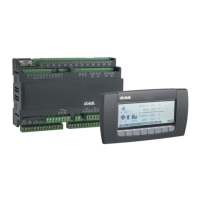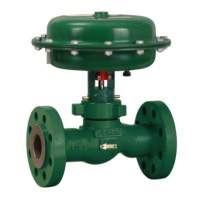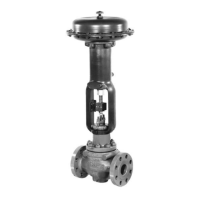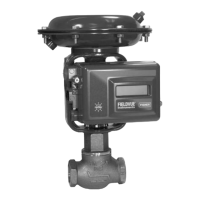29
Safety Manual
00809-0200-5100, Rev GB
Installation and Configuration
February 2017
Installation and Configuration
4.2.5 Setting the SIL Low Alarm Limit
The desired SIL Low Alarm Limit needs to be adjusted for the expected product level rate.
“Margin to subtract” in Ta ble 4 -1 1 is a safety margin to subtract from the desired SIL Low Alarm
Limit. This ensures that the reaction time of the 5900 for different level rates is taken into
account when specifying the desired SIL Low Alarm Limit.
The minimum value specifies how close to the SIL Reference Point that the SIL Low Alarm Limit
may be set, which is SIL High Alarm Limit + 500 mm.
Table 4-11. Margin to subtract from the desired SIL Low Alarm Limit for various level rates
The “Maximum value for SIL Low Alarm Limit” specifies how far away from the SIL Reference
Point that the SIL Low Alarm Limit may be set. Different figures apply depending on the
application, see Tabl e 4- 12.
Table 4-12. Maximum value for SIL Low Alarm Limit
Example
Desired SIL Low Alarm Limit for a 10 m high tank measuring in a still-pipe is 8500 mm. If
maximum level rate is <1.5 mm/s, then the SIL Low Alarm Limit which will be entered in
TankMaster in the Change Safety Alarm Parameters window is 8500 - 140 = 8360. This is well
below 8860 mm (10000-1140) which is the maximum value that can be used for a still-pipe at a
maximum level rate of 2 mm/s as given by Tab le 4 -12 .
Margin to subtract (mm)
Level Rate
< 2 mm/s < 20 mm/s < 50 mm/s
140 500 1100
Application Maximum value for SIL Low Alarm Limit (mm)
Level Rate
< 2 mm/s < 20 mm/s < 50 mm/s
If a water interface or a
strong disturbance
echo
(1)
is present or a still
pipe is used
(1) A strong disturbance echo is more than 4 times stronger than the surface amplitude.Typical examples include the bottom
echo of a flat tank floor. A medium disturbance echo is one that is less than 4 times the surface, yet too strong to be
handled as background noise. Typical examples include heating coils etc.
The distance to a
point 1140 mm
above the echo
The distance to a
point 1500 mm
above the echo
The distance to a
point 2100 mm
above the echo
If an inclination plate or
medium disturbance
echo* is present
The distance to a
point 640 mm
above the echo
The distance to a
point 1000 mm
above the echo
The distance to a
point 1600 mm
above the echo
If a non-flat bottom is
present (for parabolic or
horn antennas)
Consult factory Consult factory Consult factory
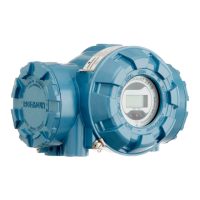
